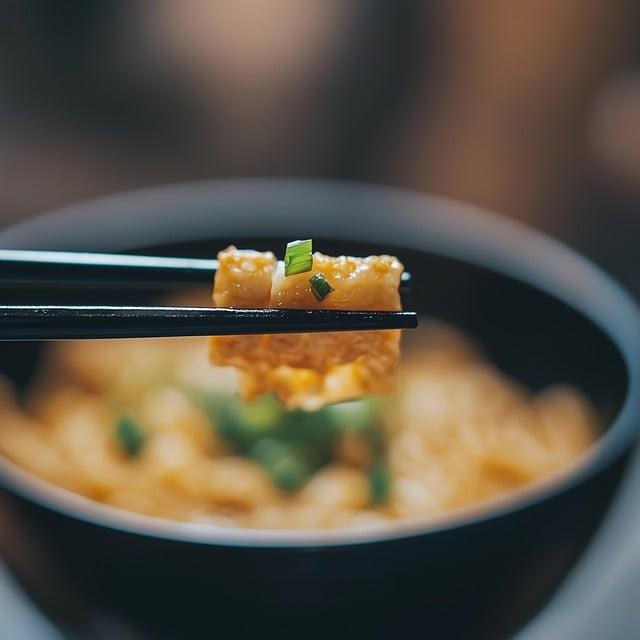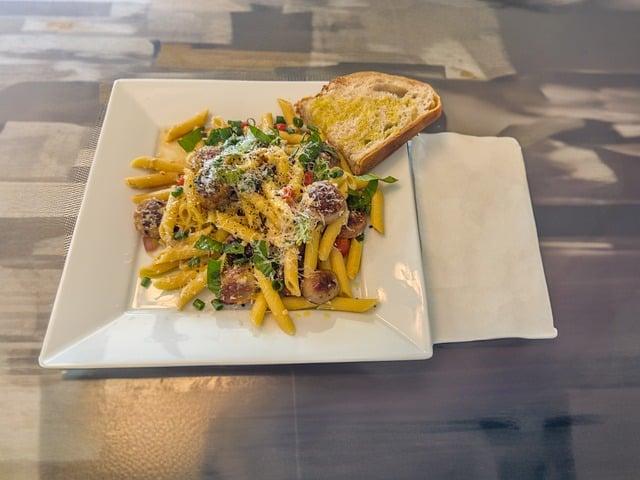In a quaint village blanketed by snow, the spirit of Christmas came alive each year with the tradition of gift-giving. It began centuries ago when a humble baker, inspired by the joy of sharing, decided to surprise his neighbors with warm loaves of bread. As word spread, villagers began exchanging small tokens of kindness—handmade ornaments, sweet treats, and heartfelt letters. This simple act blossomed into a cherished tradition, reminding everyone that the true gift of Christmas lies not in the material, but in the love and connection shared among friends and family.
Table of Contents
- The Historical Roots of Christmas Gift-Giving
- Cultural Variations in Holiday Presents Around the World
- The Psychology Behind the Joy of Giving and Receiving
- Tips for Thoughtful and Meaningful Gift Selection
- Q&A

The Historical Roots of Christmas Gift-Giving
The practice of exchanging gifts during the festive season has deep historical roots that intertwine with various cultural and religious traditions. One of the earliest influences can be traced back to the Roman festival of Saturnalia, celebrated in mid-December. During this time, people would engage in a week-long celebration filled with feasting, merriment, and the exchange of gifts, often symbolizing goodwill and the spirit of community. Additionally, the tradition of gift-giving is also linked to the biblical story of the Magi, who presented gifts of gold, frankincense, and myrrh to the newborn Jesus, highlighting the significance of generosity and the joy of giving during this sacred time.
As Christianity spread throughout Europe, these ancient customs evolved and merged with local traditions, leading to the modern-day practice we recognize today. In medieval times, the act of giving gifts became associated with the feast of St. Nicholas, a 4th-century bishop known for his secretive acts of kindness. This figure eventually transformed into the jolly Santa Claus we know now. Over the centuries, the reasons for gift-giving have expanded, encompassing various motivations such as:
- Celebration of love and friendship
- Expression of gratitude
- Strengthening family bonds
- Creating lasting memories
Today, the tradition continues to thrive, reflecting a blend of historical influences and contemporary values, making Christmas gift-giving a cherished ritual across the globe.

Cultural Variations in Holiday Presents Around the World
Across the globe, the tradition of exchanging gifts during the festive season takes on a myriad of forms, each reflecting the unique cultural tapestry of its origin. In many Western countries, the act of giving presents on Christmas Eve or Christmas Day is often accompanied by elaborate wrapping and the excitement of surprise. Families gather around the tree, where beautifully adorned packages await, symbolizing love and generosity. In contrast, in countries like Japan, the focus shifts to the spirit of giving rather than the material aspect. Here, gifts are often presented with great care, wrapped meticulously, and accompanied by a heartfelt note, emphasizing the thoughtfulness behind the gesture.
In Latin America, the tradition of gift-giving can vary significantly from one country to another. For instance, in Mexico, the celebration of “Día de Reyes” on January 6th marks the day when children receive gifts, commemorating the arrival of the Three Wise Men. This festive occasion is filled with joy, as families share a special cake called “Rosca de Reyes.” Meanwhile, in Scandinavian countries, the focus is on the “Julklapp,” where gifts are exchanged on Christmas Eve, often accompanied by playful riddles that hint at the contents. These diverse practices highlight how cultural values shape the way people express love and appreciation during the holiday season, making each tradition a unique reflection of its heritage.

The Psychology Behind the Joy of Giving and Receiving
The act of giving and receiving gifts during the festive season taps into deep-seated psychological principles that enhance our emotional well-being. When we give, our brains release **dopamine**, the neurotransmitter associated with pleasure and reward. This surge of happiness not only uplifts our spirits but also fosters a sense of connection with others. The joy derived from seeing a loved one’s face light up upon receiving a thoughtful gift can create a profound bond, reinforcing social ties and community spirit. Moreover, the anticipation of giving can be just as exhilarating as the act itself, as we often find ourselves imagining the joy our gift will bring to others.
On the flip side, receiving gifts also plays a significant role in our psychological landscape. It can evoke feelings of appreciation and gratitude, which are essential for emotional health. When we accept a gift, we acknowledge the thoughtfulness and effort behind it, creating a moment of shared joy. This exchange fosters a sense of belonging and reinforces our relationships. Additionally, the act of receiving can remind us of our interconnectedness, highlighting the importance of community and support. In essence, both giving and receiving gifts during the holiday season serve as powerful reminders of love, generosity, and the human experience.

Tips for Thoughtful and Meaningful Gift Selection
When selecting a gift, consider the recipient’s interests and passions. A thoughtful gift reflects an understanding of what makes the person unique. **Personalization** can elevate a simple present into something truly special. For instance, if they love cooking, a high-quality kitchen gadget or a cookbook from their favorite chef could be perfect. Alternatively, if they are passionate about art, a piece from a local artist or a DIY art kit might resonate deeply. Always remember that the best gifts often come from the heart, not the wallet.
Another essential aspect of meaningful gift-giving is the **experience** behind the gift. Instead of focusing solely on physical items, consider giving experiences that create lasting memories. This could include tickets to a concert, a cooking class, or a weekend getaway. Such gifts not only provide enjoyment but also foster connections and shared moments. Additionally, incorporating a personal touch, like a handwritten note or a small token that represents a shared memory, can enhance the sentiment behind your gift, making it even more memorable.
Q&A
-
What is the origin of Christmas gift-giving?
The tradition of gift-giving during Christmas is believed to be inspired by the gifts brought to the baby Jesus by the Wise Men, as well as the spirit of generosity associated with the holiday season. Over time, this practice has evolved into a widespread custom celebrated in various cultures around the world.
-
Why do people exchange gifts on Christmas?
Gift exchange symbolizes love, appreciation, and goodwill among family and friends. It reflects the joy of giving and receiving, fostering connections and strengthening relationships during the festive season.
-
Are there specific types of gifts traditionally given?
While there are no strict rules, common gifts include:
- Personalized items
- Toys for children
- Clothing and accessories
- Gift cards
- Homemade treats
Ultimately, the thought behind the gift is what matters most.
-
How has Christmas gift-giving changed over the years?
Christmas gift-giving has evolved from simple, handmade items to a more commercialized practice, with an emphasis on consumerism. However, many people are now returning to the roots of thoughtful, meaningful gifts, focusing on experiences and sustainability rather than materialism.
As we unwrap the layers of Christmas gift-giving, we discover a rich tapestry of history, culture, and connection. This cherished tradition continues to evolve, reminding us that the true spirit of giving lies in the joy of sharing love and kindness.

大家好,我是彼得潘,專業的手法身體治療師。我喜歡探索和研究各種主題,並透過與人工智慧的合作分享專業、實用、有趣的文章。我們定期進行人工審核,以確保內容的準確性。如果您發現文章中有任何不準確的地方,請隨時與我們聯繫,我們會及時糾正。您可以透過 [email protected] 與我們聯繫。



